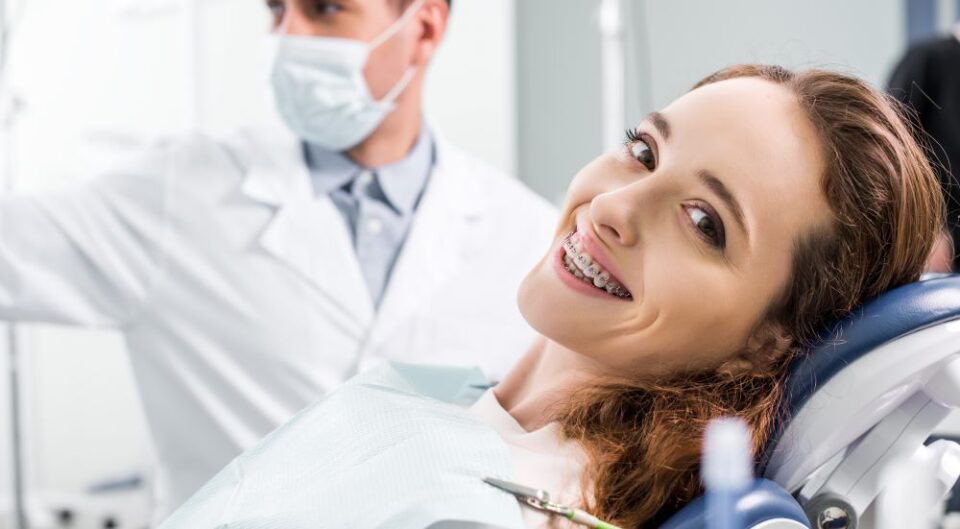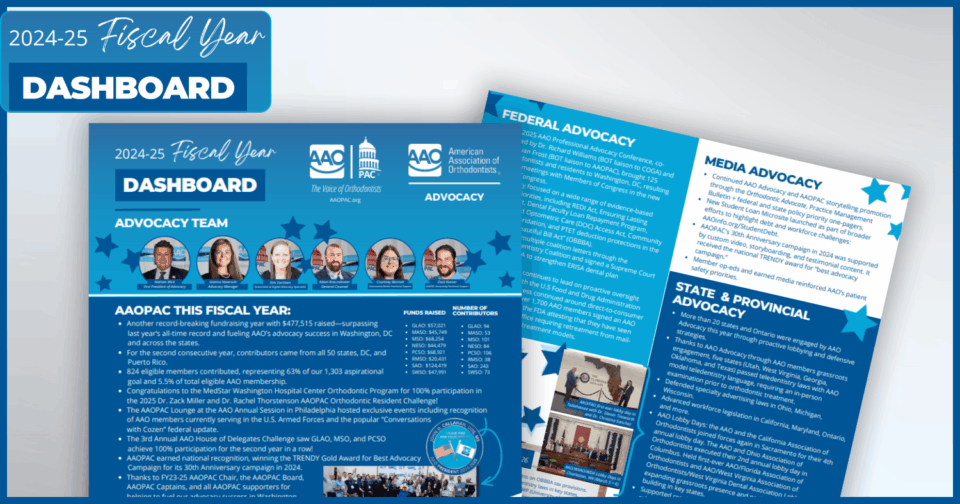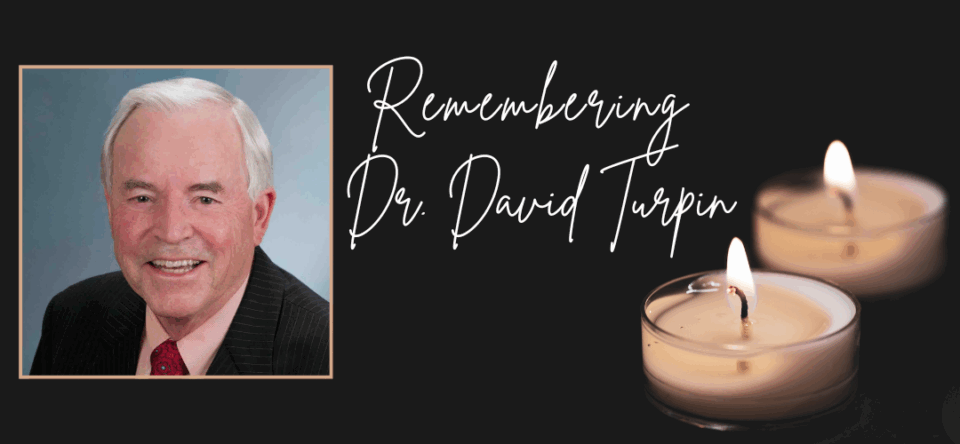by Jackie Dorst
Infection control expert Jackie Dorst, who serves on the AAO COVID-19 Task Force, provided the guide below for members and their teams who may have questions about the use of PPE. In particular, Ms. Dorst addresses the use of respirator masks when aerosol-generating procedures are being performed, including recommended protocols for extended use of the masks.
The CDC/OSHA guidance for “extended use and reuse” of N95 respirator masks during the PPE shortage crisis can be confusing for the team. The assistants are concerned for their health given all the information they have heard in the news and social media – some of which is reliable and some of which may be questionable.
N95 respirator masks are difficult to donn and doff correctly and do a “Seal Check” for each donning (see below). Best practices for reuse of the N95 respirator mask include:
● Donn the N95 and seal check; then, place the face shield (include Level 1 barrier mask/optional) and treat multiple patients for two to three hours without touching the N95 or shield;
● Only if extensive splatters are on the face shield impairing vision would the face shield be removed and another shield donned.
● After two to three hours the assistant/doctor removes all PPE for a hydration and cool down break. Wearing the aerosol PPE is physically stressful. It increases body temperature, elevates blood pressure and increases CO2 levels, so the hydration cool down break provides a healthy refresh time.
Wearing aerosol PPE for extended use helps the orthodontic assistants and you move from patient to patient and save the time needed for donning/doffing, reducing the risk of cross-contamination and preserving your PPE supply.
The Role of the Floating Assistant
This protocol requires a “floating assistant,” who wears a Level 2 mask and face shield. The floating assistant retrieves needed supplies, performs any needed lab tasks on appliances, and walks the patient out of the clinic after care.
The floating assistant also removes instruments from the ortho unit after patient care and transports to the sterilization reprocessing area. Then, the floating assistant disinfects the ortho unit and chair and prepares the unit for the next patient.
Donning and Doffing PPE
OSHA requires training on donning and doffing PPE.
View the OSHA Donning and Doffing Video Page
A N95 Seal Test must be done each time an N95 respirator is put on.
View the NIOSH Seal Test Video
N95 “Fit Testing” and Medical Evaluation
An initial “Fit Test” is required for N95 and KN95 respirators by OSHA. The required annual fit test is waived by OSHA during the PPE shortage.
Fit testing may be done in the office or by a testing facility. Fit-test kits cost $375-$450 and can be purchased from a dental supplier or a safety equipment distributor. It takes about 20 to 30 minutes to do a fit test for one employee. If the N95 respirator brand is changed, then another fit test must be performed.
View 3M’s Video on Fit Testing
OSHA requires a Medical Evaluation before the Fit Test.
View the OSHA Fit Test Medical Evaluation Questionnaire
Concentra Urgent Care provides N95 fit testing. The Concentra website will direct you to the closest Concentra location. The employee must complete the medical form before the fit test appointment.
Access the Concentra Fit Test Medical Form
Each employee should complete the Fit Test medical form before the test. Keep a copy of the Medical Evaluation in the employee’s confidential file.
Concentra provides quantitative fit-testing for about $64. The website will show centers across the nation.
CDC Information about the N95 Mask
The CDC defines the N95 respirator:
“N95 respirators include standard and surgical N95 respirators. In the United States, all N95 respirators used in occupational settings are approved by the National Institute for Occupational Safety and Health (NIOSH) and used in accordance with OSHA standards.
“A surgical N95 respirator is a NIOSH-approved N95 respirator that has also been cleared by the FDA as a surgical mask. Surgical N95 respirators (sometimes called medical respirators) are recommended only for use by HCP who need protection from both airborne and fluid hazards, such as splashes or sprays. In times of shortage, only HCP who are working in a sterile field or who may be exposed to high-velocity splashes, sprays, or splatters of blood or body fluids should be provided these respirators. Other HCP can use standard N95 respirators. If surgical N95 respirators are not available, and there is a risk that the worker may be exposed to high velocity splashes, sprays, or splatters of blood or body fluids, then a face shield should be worn over the standard N95 respirator.”
N95 respirators are available in different sizes to ensure a proper fit for all faces. If the N95 respirator fails the Fit Test for the employee, try a different brand.
OSHA Statement on Workplace Preparation
Below is information from OSHA’s “Guidance for Preparing Workplaces for COVID-19”:
OSHA designates dental healthcare providers in the “High Risk” employee category because of aerosols and close patient contact.
“Workers, including those who work within 6 feet of patients known to be, or suspected of being, infected with SARS-CoV-2 and those performing aerosol-generating procedures, need to use respirators:
“National Institute for Occupational Safety and Health (NIOSH)-approved, N95 filtering facepiece respirators or better must be used in the context of a comprehensive, written respiratory protection program that includes fit-testing, training, and medical exams.
View OSHA’s Respiratory Protection Standard, 29 CFR 1910.134
“Use a surgical N95 respirator when both respiratory protection and resistance to blood and body fluids is needed.
■ Face shields may also be worn on top of a respirator to prevent bulk contamination of the respirator. Certain respirator designs with forward protrusions (duckbill style) may be difficult to properly wear under a face shield. Ensure that the face shield does not prevent airflow through the respirator.
■ Consider factors such as function, fit, ability to decontaminate, disposal, and cost. OSHA’s Respiratory Protection eTool provides basic information on respirators such as medical requirements, maintenance and care, fit testing, written respiratory protection programs and voluntary use of respirators, that employers may also find beneficial in training workers. Also see the NIOSH respirator guidance.
■ Respirator training should address selection, use (including donning and doffing), proper disposal or disinfection, inspection for damage, maintenance, and the limitations of respiratory protection equipment.
(Learn More at the OSHA Respiratory Protection Page)
■ The appropriate form of respirator will depend on the type of exposure and on the transmission pattern of COVID-19. (See additional information from NIOSH or the OSHA eTool section, “Respirator Selection Logic).”
OSHA requires a written Respiratory Protection Plan.
Battelle Offers Free Decontamination
Enroll in Battelle’s Decontamination Program. After receiving a code from Battelle, view instructions for collecting N95 masks and shipping via FedEX to Battelle. Turnaround time is approximately one week.
Instructions:
Respirators for decontamination must be in good condition, labeled with employee’s name and practice code (from Battelle) and not soiled – no make-up, oils, sunscreen, lipstick, lip gloss, lip balm. If the respirator is soiled, Battelle will throw it away.
Download these 3 pages for detailed instructions from Battelle:
● Facility
● DHCP
● Employee Fact Sheet
Resource Listing:
● OSHA Respiratory Protection Standard
● OSHA Enforcement Guidance for N95 during COVID-19 Shortage
● OSHA Guidance during N95 Shortage – Non-NIOSH Approved N95 Respirators-KN95
● OSHA Expanded Mask Use during Pandemic – Fit Test
● CDC FAQs on PPE
For more information, visit Jackie Dorst Safe Practices or email [email protected].



